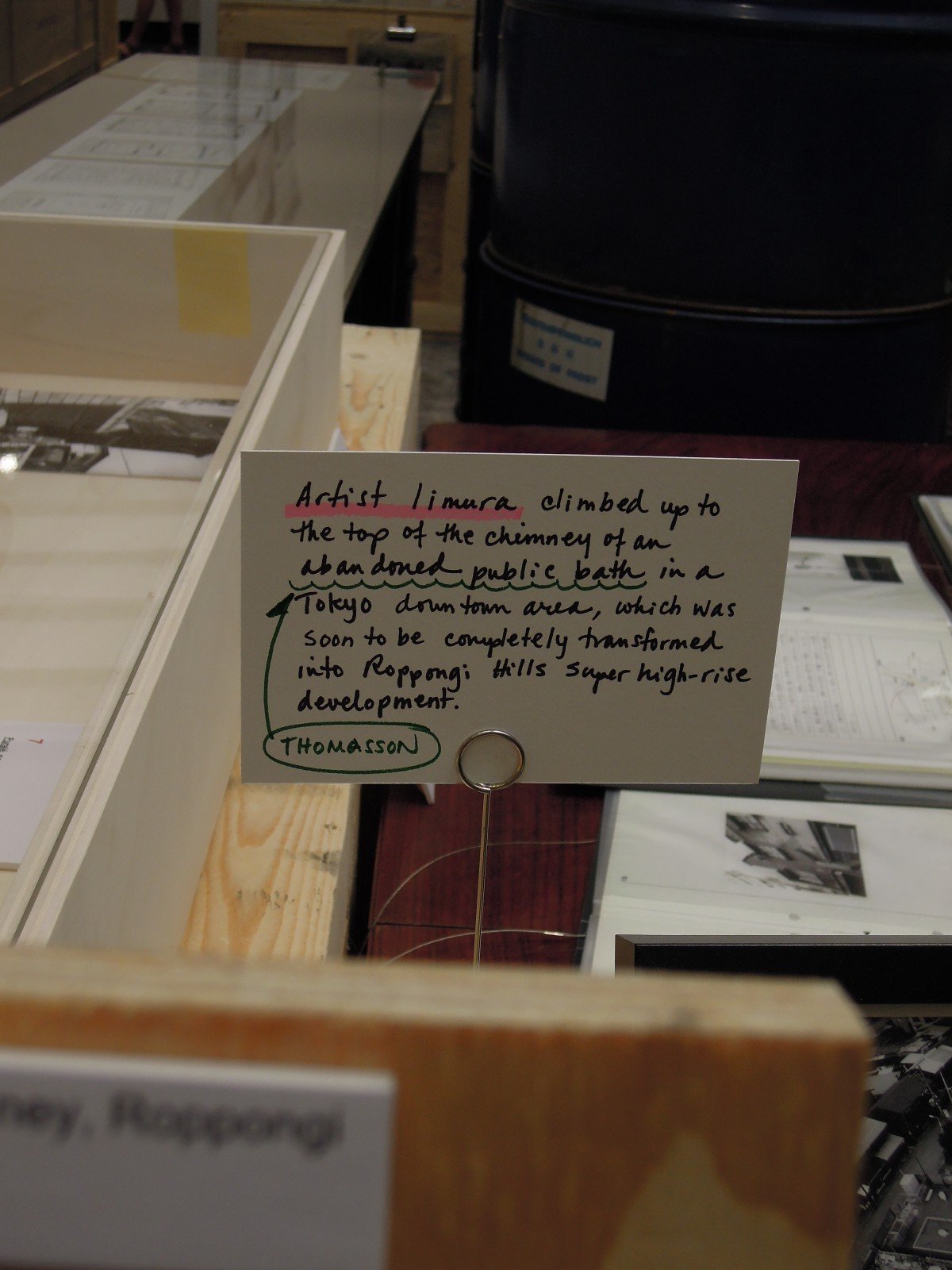At the Venice Biennale Architettura 2014 words are the only real “fundamental”
- Swiss Pavilion, “A stroll through a fun place, curated by Hans Ulrich Obrist, designed by Herzog & de Meuron. With Atelier Bow-Wow, Olafur Eliasson, Liam Gillick, Dominique Gonzalez-Foerster, Dan Graham, Carsten Holler, Koo Jeong A, Philippe Parreno, Space Caviar.
- Marathon announcement at the Swiss pavillion.
- Danish Pavillion, “Empowerment of Aesthetics, rationalist road to sustainability in need of some aesthetics”, by Stig L Andersson.
- Danish Pavillion, “Empowerment of Aesthetics, rationalist road to sustainability in need of some aesthetics”, by Stig L Andersson.
- Japan Pavillion, “In the real world”.
- Japan Pavillion, “In the real world”.
- Deutscher Pavillion, Bungalow Germania.
- Deutscher Pavillion, Bungalow Germania.
- British Pavillion, “A clockwork Jerusalem”.
- British Pavillion, “A clockwork Jerusalem”
- French Pavillion, “Modernity promise or menace?”.
- French Pavillion, “Modernity promise or menace?”.
- French Pavillion, “Modernity promise or menace?”.
- USA Pavillion, “OfficeUs”.
- USA Pavillion, “OfficeUs”.
The key words for the Biennale Architettura 2014 now opening in Venice are: history, modernism, research and participation. Curator Rem Koolhaas has conceived a three-section-exhibition based on these four fundamental elements. Section one is titled “Absorbing Modernity 1914-2014” and involves the national pavilions. Each of the 65 participating countries has been asked an “examination key moments from a century of modernization (…) in a century where the homogenizing process of globalization appeared to be the master narrative”. Section two, set at the Arsenal, is “Monditalia” and it is basically a “scan” of Italy done in collaboration with Venice’s other biennales (dance, music, theatre, cinema). The section three “Elements of architecture” is, according to Koolhaas, about “the fundamentals of our building, used by any architect, anywhere, anytime”. Thus, the floor, the walls, the ceilings, the stairs and so on. Which is the best way to approach such a huge mass of information? Possibly starting from its “fundamental” elements, as we do in our gallery dedicated to section one: words.
September 22, 2014
















